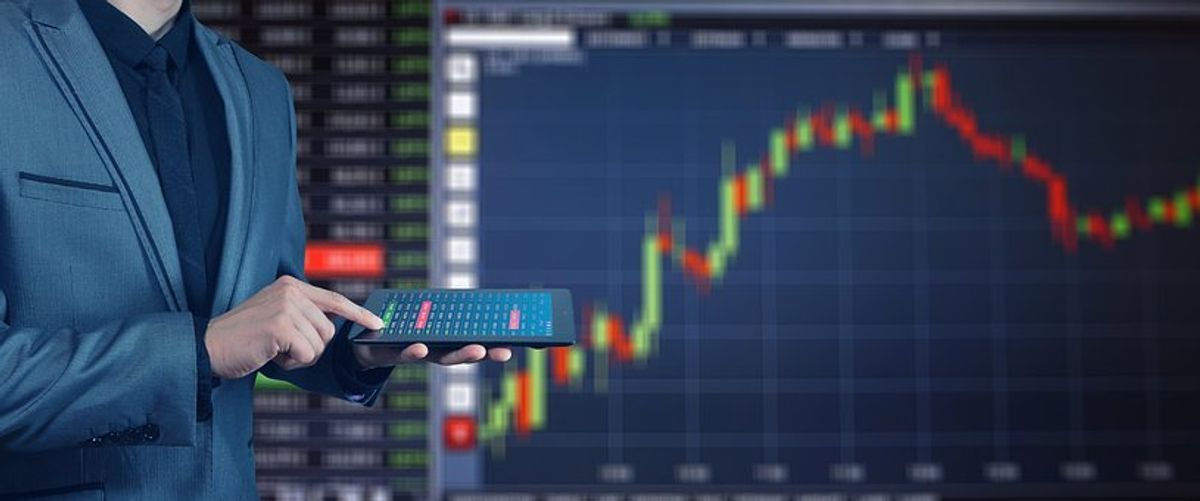Typically the ‘volatility’ forex trading strategy can be an easy and effective way to earn cash in the forex market when worldwide equities are underperforming. Typically, the strategy takes advantage of the ‘flight to safety caused in the forex market when there is dread or a ‘risk off’ perspective.
The following article will show you tips on identifying when the market is switching from a ‘risk on’ for you to a ‘risk off’ stance with a couple of easy-to-follow steps and provide anyone with some insight as to why all these are pronounced moves occur.
Typically the volatility forex trading strategy has become highly effective to trade since the global financial crisis in late 2008. This period saw unprecedented numbers of volatility in the forex market on account of a sell-off within global equities, a deleveraging of carrying trades within high-yielding currencies, and an overall flight to security from risk assets people are holding safe-haven status.
Presently the world looks at the S&P500 and the Dow Jones Directories and futures from the says as a means of determining the present market sentiment and whether or not investors are embracing or even abandoning risk. When both of these Indices are rallying, investors are optimistic about the market and pleased to take risks.
When the S&P500 and the DOW are upward, we are likely to see cash flow into higher-yielding currencies or don’t hold a safe-haven position. In today’s market environment, this would probably mean the USD (US Dollar) and JPY (Japanese Yen) would weaken once again other majors such as the AUD (Australian Dollar), NZD (New Zealand Dollar), CAD (Canadian Dollar), GBP (Pound Sterling), EUR (Euro), CHF (Swiss Franc). When this is the situation, the market has used a ‘risk on’ position.
When the S&P500 and the DOW are selling off, it is a very different story. When there is fear within the markets, the sell-offs tend to be sudden and razor-sharp; this applies to both equities and the forex market.
In the case of the currency market, the sell-offs often occur quickly due to the capability of market participants to liquidate positions quickly, make an effort to short currencies with minimal effort and no restrictions, typically the deleveraging or carry trades/risk positions and the recognition on the USD and JPY while safe-haven currencies to move resources to and mitigate chance. When this is the case, the market industry is in the ‘risk off’ method.
Key Points to remember:
- The S&P500 and the DOW Jones Charge are the world risk meters determining whether the market is high or bearish, risk about or risk-off.
- Harmless have currencies are the $, JPY and to a lesser magnitude CHF
- The risk currencies or maybe those not boasting safe place status are the AUD, NZD, CAD, EUR, GBP
- $ and JPY can become weak when the market is bullish or maybe risk on, the risk values will strengthen under all these conditions
- USD and JPY will strengthen when the marketplace is bearish and risk-off. Money will move into the safe-haven currencies. Danger currencies will likely fall in price.
currency strength meter – How you trade, this strategy is incredibly personal. The sole purpose of this plan is to identify shifts throughout sentiment in the market by seeing the above mention risk meters. This strategy is most effective when the markets have been rallying for a while, and a pullback is due, or even when the price is consolidating at a critical level. There is a risk event such as a crucial piece of economic data being released.

